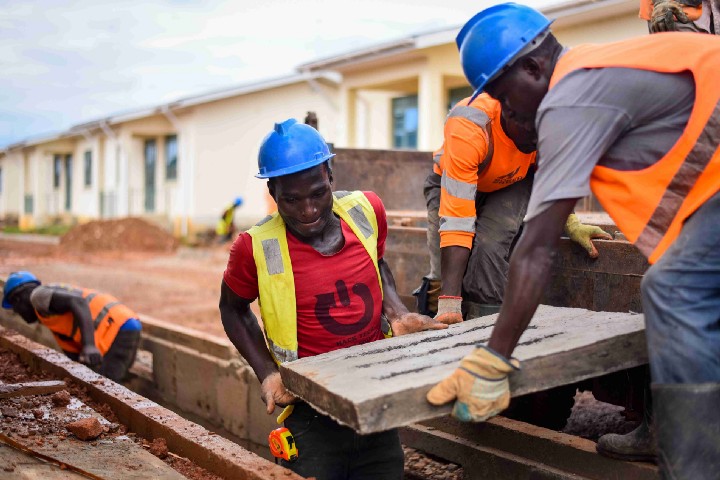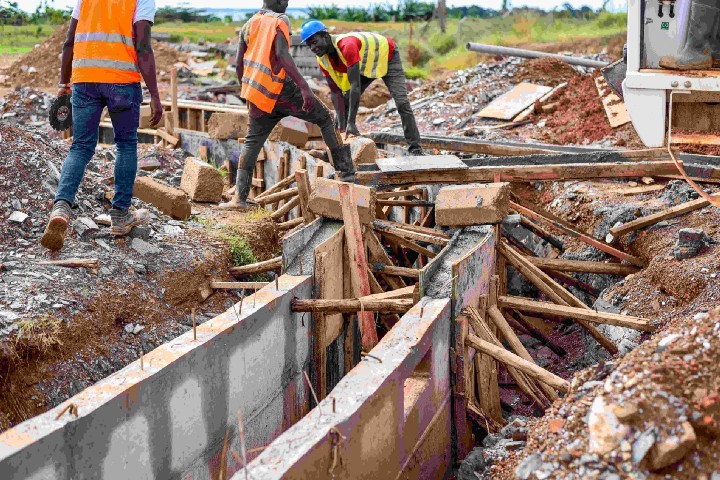Introduction
A recent judgement delivered on 23 February 2023 in the High Court of Uganda in a case between The Attorney General of the Republic of Uganda (Applicant) v Networth Consult Co. Limited (Respondent) went to the heart of discussing the nature of an arbitration agreement and what constitutes a pathological clause. As a result, this drives a conversation towards the drafting of effective arbitration clauses.
Dispute resolution clauses are often time referred to as “midnight/ champagne clauses”. This is because once the rest of the contract has been agreed upon, the parties are quick to celebrate and the dispute resolution clause becomes an afterthought, or a matter of “copy and paste” which more often than not results into unclear, incomplete, or contradictory clauses. The parties, often time, agree not to have a dispute resolution clause because there is an anticipation at the start of the performance of the contract that there will not be dispute and if it occurs, there is a general feeling that the parties will always have an amicable settlement. This is always not the case as parties can disagree on legal or technical aspects of the contract and at such a time, the good will and good faith that existed at the agreeing of the contract does not exist anymore. The need for a clear clause to highlight the parties’ consent to settle their dispute under alternative dispute resolution cannot be overly emphasized.
The Case
The Respondent filed Civil Suit 541 of 2022 [“main suit”] against the Applicant for breach of a consultancy contract and recovery of sums stated to be payable under that contract. The Applicant brought an application to the court, contending that the dispute between the parties was amenable to arbitration. Accordingly, the Applicant contended that the Respondent’s suit was barred by law.
The Applicant asserted that the parties had a binding and enforceable arbitration agreement and that as a result, the Respondent’s suit should be dismissed, and the matter referred to arbitration. The Applicant contended that there was a valid arbitration agreement to submit all disputes arising from the contract exclusively to arbitration. On the other hand, the Respondent contended that reference to arbitration was optional.
The Clause in dispute was Clause 45.1 of the Contract between the parties which reads as below.
“Any dispute between the parties arising under or related to this contract that cannot be settled amicably may be referred by either party to the adjudication/arbitration in accordance with the provisions specified in the SCC.” SCC in this case is an abbreviation for Special Conditions of Contract.
The special conditions at Clause 45.1 then proceed to spell out an elaborate set of rules and procedures for arbitration of disputes arising from the agreement.
The Judgement
The Judge in this case noted that he was aware of an ADR process called “Adjudication”. Furthermore, he noted that this process was most common in construction contracts but may exist in other contracts. This process involves the submission of a dispute to an expert who makes a determination often on technical grounds. Adjudication clauses typically have rules indicating how an adjudicator may be appointed and how adjudication may be undertaken. In this case, the contract was not a construction contract and therefore the learned judge concluded that the word “adjudication” was intended to refer to litigation since “The parties could not have intended to have adjudication (as an alternative dispute resolution) as well as an arbitration before an expert arbitrator as this would have achieved the same thing. Still, there is nothing in the agreement that points to an agreement to undergo adjudication as an alternative dispute resolution process.”
It is from this that he tackled a clause that provides for both litigation and arbitration. In ISC Holding AG v Nobel Biocare Investments N.V 351 Fed. Appx. 480, the US Court of Appeals held that an arbitration clause must exclude the involvement of state 15 courts (save for interim reliefs and/or recognition and execution) and an agreement that did not exclude them was ambiguous and therefore incapable of being enforced. In X Holding AG and Ors v Y Investments NV 4A_279/2010 where a similar clause was involved, a Swiss Court held that an agreement that does not clearly 20 exclude state courts is ambiguous as it does not reveal a clear intention to arbitrate.
The court also considered whether the use of the phrase “may” was optional. In Meshack Kibunja Kaburi & 3 others v Kirubi Kamau & 5 others; Central Highlands Tea Company Limited (Interested Party) [2021] eKLR the court, considering a clause that provided that a dispute may be referred to arbitration, held that there was a clear intention to refer the matter to arbitration and thus the same had to be undertaken notwithstanding the use of the word “may”.
Another question was whether in this case, the plaintiff was obliged to submit to the arbitration proceedings initiated by the applicant from this clause. The Judge ruled that from reading the parties’ contract in full, “it appears from the contract that the initiating party is at liberty to decide how to initiate the dispute. Once they had made their election, the other party was obligated to defend or counterclaim in the forum in which the proceedings had been began.”
He further added that “ in cases of this nature, the initiating party has the election to determine which mode to commence in, and the other party has to defend in that forum. However, this does not mean that if another dispute arises, it should go to, say, court simply because a previous dispute went to court. The right of election exists in each case.”
As such, it was not mandatory for the parties to go for arbitration as the clause had been constructed in such a way that the arbitration was another option to litigation in case a dispute arose. The Judge also noted that “This is obviously a little bit disorganized and a clear clause that provided for one 30 mode of dispute resolution would have been a lot more preferable.”
In that case, the arbitration agreement between the parties was incapable of being performed within the meaning of Section 5(1)(a) of the Arbitration and Conciliation Act as the Respondent had already elected to commence proceedings before the court. As such, the dispute was no longer amenable to arbitration.
Discussion
- What if a deviation from the Judge’s consideration of Adjudication was taken?
The Judge considered adjudication in this case to mean litigation and as such, it opened up the discussion towards having both arbitration and litigation in a dispute resolution clause. If adjudication was taken for its traditional meaning in construction contracts, however, then my belief is that the judgement would have read differently. Adjudication ,as the learned judge has already alluded ,is an established process along the ADR spectrum normally based on technical aspects like the case in context here. The decision from the adjudicator is a temporary binding decision as it can be overturned by the Arbitrator’s award. The Adjudicator’s decision is made within 28 days. It serves as a quick, flexible, and informal way to solve disputes between parties. In this case, the parties could have elected to either pursue Arbitration or Adjudication as read from the clean text of the clause or could have carried out the Adjudication as a condition precedent to the Arbitration. That approach would have led to a different judgment and different considerations altogether.
- What are the hallmarks of an effective arbitration clause ?
Ideally an arbitration agreement will enable the parties to choose the :
- Composition of the tribunal
- Language of the arbitration
- Rules by which the arbitration will be conducted
- Institution, if any, which will regulate and administer the arbitral process
- Jurisdiction which will govern the procedural issues in the arbitration
- Jurisdiction which will govern the merits of the dispute or issues between the parties.
Like any other contract, not all arbitration agreements are perfectly crafted. There will be defects sometimes whether by human error or because of lack of proper advice. There are certain characteristics which need to be satisfied for there to be an effective arbitration clause and failure to do so results into what is commonly known as a “pathological clause”. A pathological clause is one, which fails to cover the disputes the parties want arbitrated, fails to identify the appropriate “seat” for the arbitration or identifies an inappropriate seat, or fails to identify the correct set of rules or the correct institution to administer those rules. One can argue that for an arbitration clause to be effective, it is necessary that the agreement for the parties to solve disputes by arbitration and not court, should be clear and unequivocal.
Conclusion
The existence of a valid agreement to arbitrate has several important consequences for the resolution of a dispute. If there is a valid arbitration agreement, the parties will be compelled to resolve their dispute through the arbitral process thereby keeping the dispute out of the national courts. A party who seeks to initiate a claim in the national courts despite the existence of an arbitration agreement will likely be restrained by the court upon application by the opposing party to stay the court proceeds in favor of arbitration. In this case’s context, the judgement was to the effect that the Applicant filed an application for this restraint. However, the arbitration clause was not effective enough and as such the Applicant’s application was dismissed. This case and the subsequent judgement highlight the importance of drafting of effective dispute resolution clauses.


